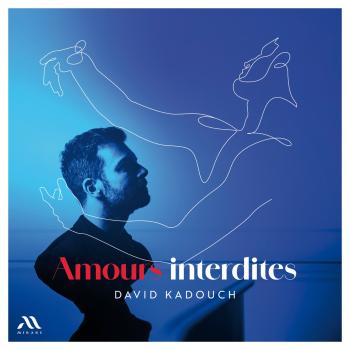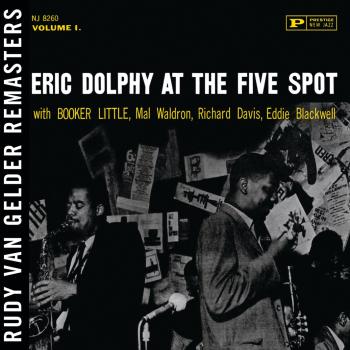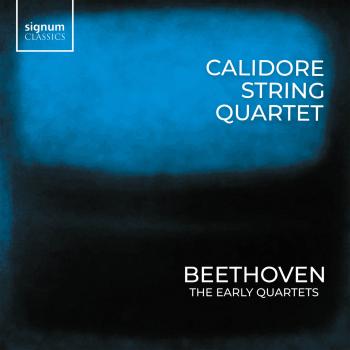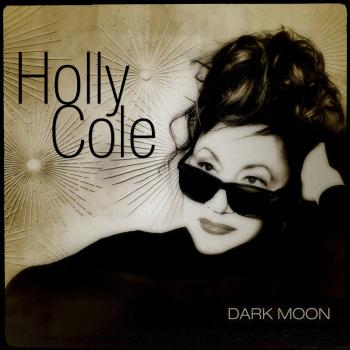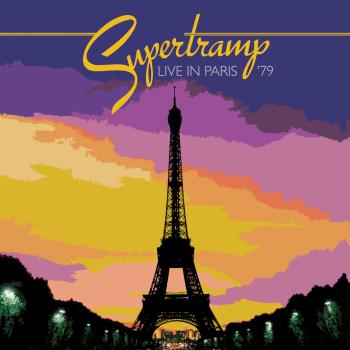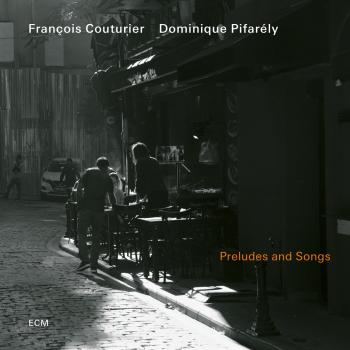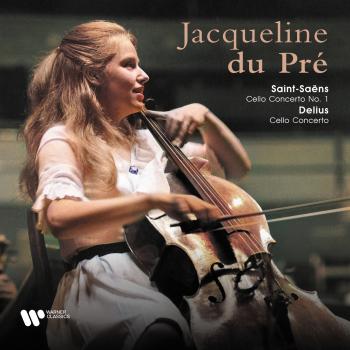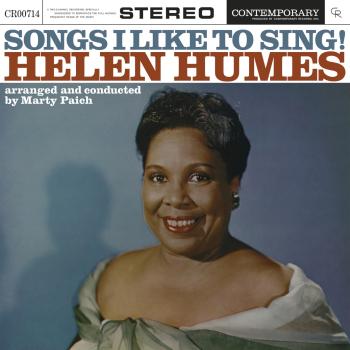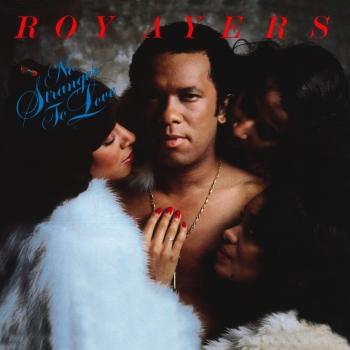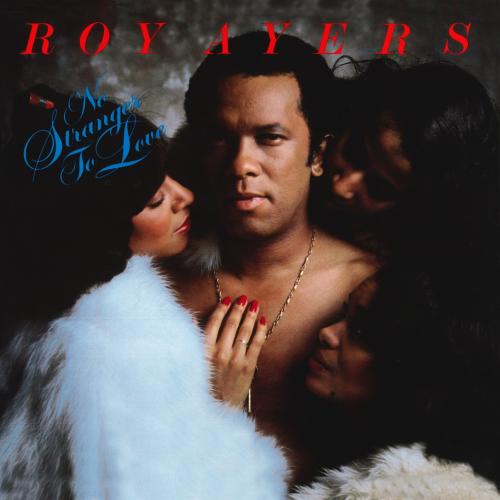
No Stranger To Love (Remastered) Roy Ayers
Entschuldigen Sie bitte!
Sehr geehrter HIGHRESAUDIO Besucher,
leider kann das Album zurzeit aufgrund von Länder- und Lizenzbeschränkungen nicht gekauft werden oder uns liegt der offizielle Veröffentlichungstermin für Ihr Land noch nicht vor. Wir aktualisieren unsere Veröffentlichungstermine ein- bis zweimal die Woche. Bitte schauen Sie ab und zu mal wieder rein.
Wir empfehlen Ihnen das Album auf Ihre Merkliste zu setzen.
Wir bedanken uns für Ihr Verständnis und Ihre Geduld.
Ihr, HIGHRESAUDIO
- 1 Don't Stop The Feeling 08:12
- 2 What You Won't Do For Love 05:50
- 3 Shack Up, Pack Up, It's Up (When I'm Gone) 06:04
- 4 Slyde 05:32
- 5 No Stranger To Love / Want You 07:06
- 6 Don't Let Our Love Slip Away 05:27
- 7 Don't Hide Your Love 03:37
Info zu No Stranger To Love (Remastered)
Digitally remastered! "No Stranger to Love" is a studio album by American musician Roy Ayers. It was released in November 1979 through Polydor Records. Recording sessions for the album took place at Automated Sound Studios and Sigma Sound Studios in New York City, and at Kendun Recorders in Burbank, California. Production was handled by William Allen and Roy Ayers.
The album peaked at number 82 on the Billboard 200 albums chart and at number 22 on the Top R&B/Hip-Hop Albums chart in the United States. Both of its singles, "Don't Stop the Feeling" and "What You Won't Do for Love", reached peak positions on the Hot R&B/Hip-Hop Songs chart at #32 and #73 respectively.
"When you obtained a Roy Ayers/Ubiquity album in the late '70s you could usually count on two things: the funk smokers would be gritty and infectious, and the quiet storm tunes would be mellow and seductive. No Stranger To Love was no exception. Ayers comes through with some sweaty, get-down funk grooves, including "Shack Up, Pack Up, It's Up (When I'm Gone)," "Slyde," and the hit single "Don't Stop the Feeling." The quiet storm audience was bound to appreciate soft, relaxed, jazzy items like "No Stranger To Love/Want You" and Ayers' remake of Bobby Caldwell's "What You Won't Do For Love." When No Stranger To Love came out in 1979, the Disco Era was still in effect, so it isn't surprising that Ayers adds a fair amount of disco gloss to "Don't Hide Your Love." Whether he's in shake-your-booty mode or lover-man mode, Ayers exited the '70s on a high note with this excellent album." (Alex Henderson, AMG)
Roy Ayers
Digitally remastered
Roy Ayers
One of the most visible and winning vibraphonists since the 1960s, Roy Ayers' reputation is that of one of the prophets of jazz-funk and acid jazz, a man decades ahead of his time. A tune like 1972's "Move to Groove" has a crackling backbeat that serves as the prototype for the shuffling hip-hop groove that became almost ubiquitous on acid jazz records, and his relaxed 1976 song "Everybody Loves the Sunshine" has been frequently sampled. Yet Ayers' own playing has always been rooted in hard bop; it's crisp, lyrical, and rhythmically resilient. His own reaction to being canonized by the hip-hop crowd is tempered with the detachment of a survivor in a rough business.
Growing up in a musical family -- his father played trombone, his mother taught him the piano -- the five-year-old Ayers was given a set of vibe mallets by Lionel Hampton, but didn't start on the instrument until he was 17. He got involved in the West Coast jazz scene in his early twenties, recording with Curtis Amy (1962), Jack Wilson (1963 to 1967), and the Gerald Wilson Orchestra (1965 to 1966), and playing with Teddy Edwards, Chico Hamilton, Hampton Hawes, and Phineas Newborn. A session with Herbie Mann at The Lighthouse in Hermosa Beach led to a four-year gig with the versatile flutist (1966 to 1970), an experience that gave Ayers tremendous exposure and opened his ears to styles of music other than the bebop that he had grown up with.
After being featured prominently on Mann's hit Memphis Underground album and recording three solo albums for Atlantic under Mann's supervision, Ayers left the group in 1970 to form the Roy Ayers Ubiquity, which recorded several albums for Polydor and featured such players as Sonny Fortune, Billy Cobham, Omar Hakim, and Alphonse Mouzon. Initially influenced by electric Miles Davis and the Herbie Hancock Sextet, Ubiquity gradually shed its jazz component in favor of R&B, funk, and soulful disco, and put together a string of albums that hovered around the Top Ten of the R&B chart. These included Mystic Voyage, Everybody Loves the Sunshine, Vibrations, and Lifeline, which were released from 1975 through 1977. The last LP in this run featured "Running Away," a Top 20 hit on the R&B and disco charts.
During the '80s, besides leading his bands and recording, Ayers collaborated with Nigerian musician Fela Kuti, formed Uno Melodic Records, and produced and/or co-wrote several recordings for various artists. As the merger of hip-hop and jazz took hold in the early '90s, Ayers made a guest appearance on Guru's seminal Jazzmatazz album in 1993 and played at New York clubs with Guru and Donald Byrd. Ayers continued to make featured appearances on assorted recordings, including albums with the Soul Society, the James Taylor Quartet, 3D, and Postmodern Jazz. He led dates far less often than he had in the previous decades but remained active as a performer. In 2020, he teamed with Ali Shaheed Muhammad and Adrian Younge for Roy Ayers JID002, the second volume in the duo's Jazz Is Dead series. Muhammad's A Tribe Called Quest was among the dozens of rap groups who exposed Ayers' '70s work to a younger generation. (Richard S. Ginell, AMG)
Dieses Album enthält kein Booklet

